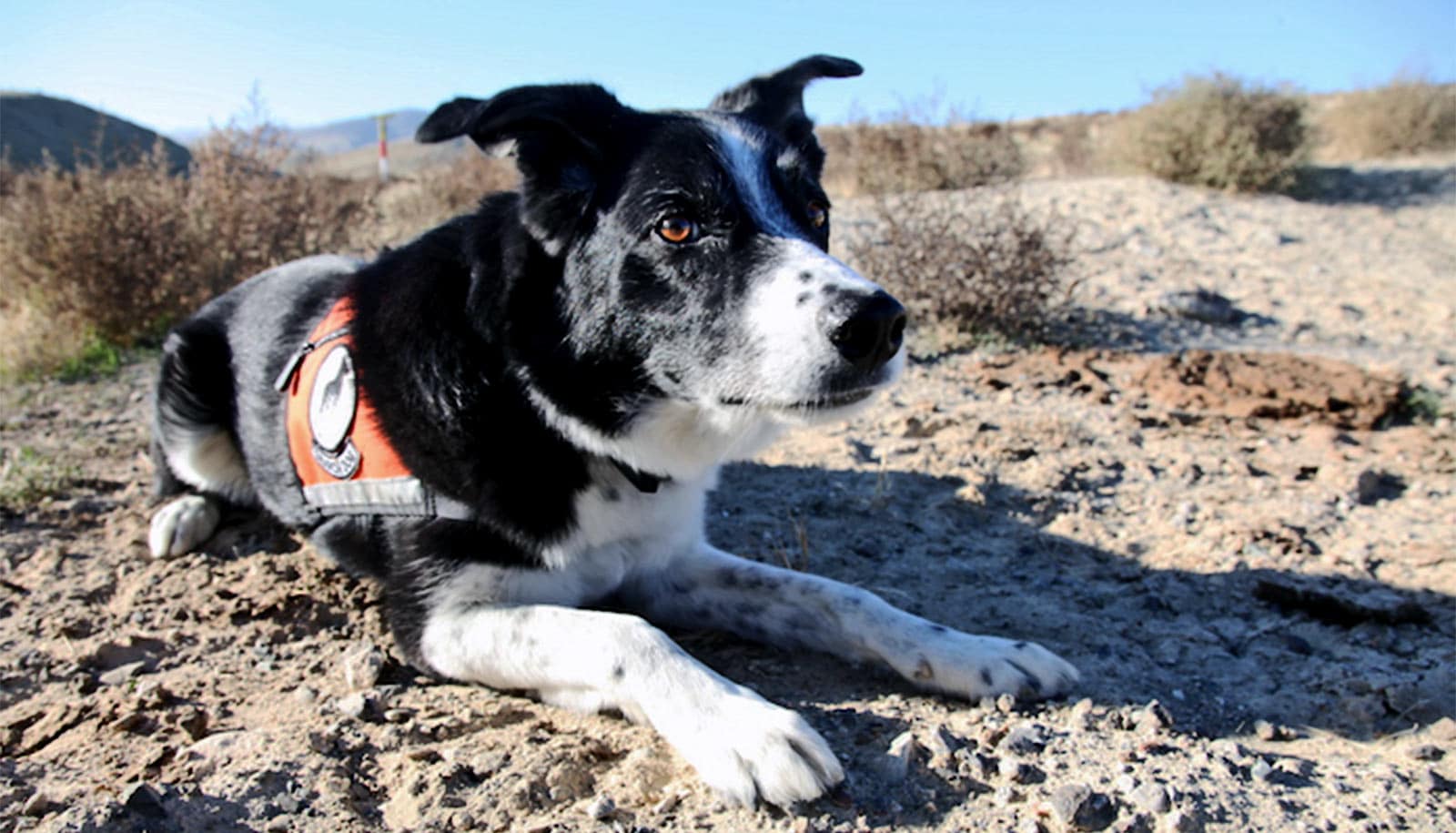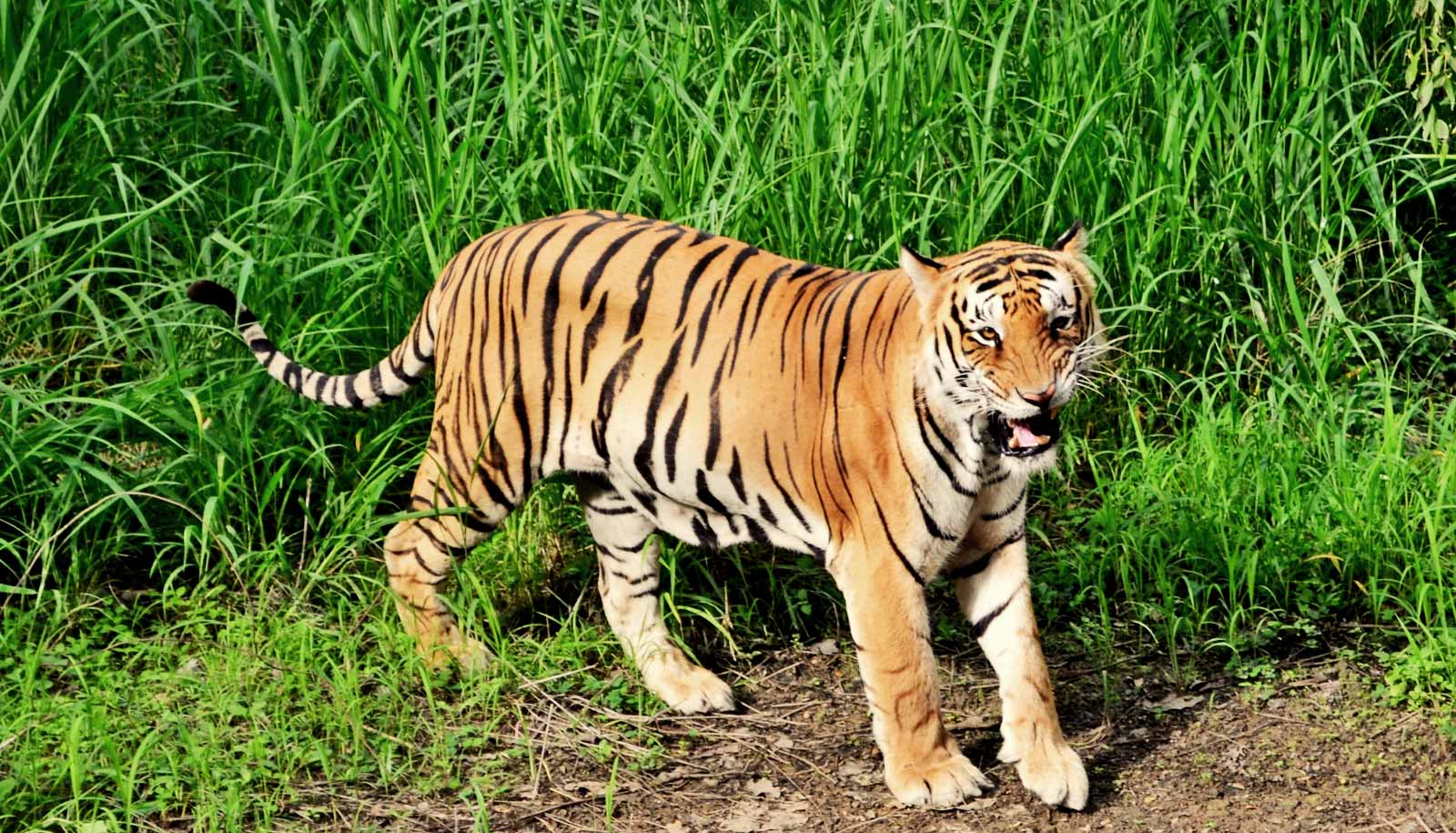Dogs trained to sniff out the scat of endangered lizards in California’s San Joaquin Valley, combined with genetic species identification, could offer a noninvasive sampling technique for lizard conservation worldwide, researchers say.
Scientists have used trained conservation dogs to locate scat and collect DNA samples for a variety of animals, including bears, foxes, gorillas, and whales.
But no one has used the technique for reptiles—until now. Scientists developed a new approach to identify the presence of the blunt-nosed leopard lizard in the Panoche Hills Recreation Area and Carrizo Plain National Monument, both managed by the US Bureau of Land Management.

As reported in the Journal of Wildlife Management, the researchers developed new methods to recover DNA from feces and genetically identify lizard species in the same area. The study is proof of concept for a host of reptiles.
“So many reptilian species have been hit so hard,” says lead author Mark Statham, an associate researcher with the mammalian ecology and conservation unit at the School of Veterinary Medicine at the University of California, Davis. “A large proportion of them are endangered or threatened. This is a really valuable way for people to be able to survey them.”
Current methods for surveying lizard species typically rely on live capture or visual surveys. Scat sampling allows biologists to study elusive, rare, or dangerous animals without the need for direct contact. In addition to informing about the presence, habitat, and genetics of an animal, researchers can also analyze scat to learn more about diet, hormones, parasites, and other health factors.
Using the new method, the authors genetically identified specific species for 78% of the 327 samples dog-handler teams collected across four years. They confirmed most of those identified (82%) as from blunt-nosed leopard lizards.
To meet regulatory monitoring requirements, more research is needed to assess the viability of using detection dogs to recover usable DNA at larger scales. But the research highlights the broad potential this method holds for surveying and monitoring reptiles.
Additional coauthors are from Working Dogs for Conservation, the UC Davis School of Veterinary Medicine, the US Geological Survey, and the US Bureau of Land Management. The Bureau of Land Management funded the work.
Source: UC Davis

